Table of Contents

Key Takeaways
- Understand the basics of a property trust and its importance to beneficiaries.
- Learn the legal responsibilities and duties of a trustee in the UK.
- Discover the necessary skills for effective trust management and where to acquire them.
- Explore strategies for managing care costs within a trust.
- Know when and how to seek professional advice to navigate complex legal and financial issues.
Your Essential Guide to Being a UK Trustee
Stepping into the shoes of a trustee is no small feat. You’re not just managing money or property; you’re holding the reins of someone else’s legacy. And with great power comes great responsibility. So let’s dive in and understand what it truly means to be a trustee.
Property Trust 101: A Quick Overview
A property trust is a legal arrangement where assets, often including real estate, are managed by one or more trustees for the benefit of the beneficiaries. It’s a vessel carrying precious cargo—assets that need to be protected, nurtured, and ultimately, delivered to the right hands at the right time.
The ABCs of Care Cost Management in Trusts
One of the trickiest parts of managing a trust is ensuring that care costs for beneficiaries, especially those who may be vulnerable or elderly, are met without draining the trust’s resources. This delicate balancing act requires foresight, planning, and a deep understanding of both public and private funding sources.
Decoding the Role of a Trustee
Understanding Your Responsibilities
As a trustee, your core responsibility is to manage the trust in accordance with the settlor’s wishes and for the benefit of the beneficiaries. This means you need to be organised, vigilant, and always acting in their best interest.
But what exactly does this entail? Here’s a breakdown:
- Ensure that the trust’s assets are secure and well-managed.
- Keep accurate records of all transactions and decisions.
- Communicate regularly and transparently with beneficiaries.
Remember, as a trustee, you’re not just a guardian of assets, but also a communicator and record-keeper.
The Trustee’s Legal Obligations
The law doesn’t take the role of a trustee lightly. You are legally bound to act with the utmost care and loyalty towards the trust. This includes:
- Adhering to the trust deed and the law.
- Avoiding conflicts of interest.
- Not benefiting personally from the trust (unless expressly allowed).
It’s not just about following the rules—it’s about embodying the principles of fairness and diligence.
“The position of a trustee is not to be taken lightly. One must act with the highest degree of integrity and prudence, as if safeguarding one’s own assets, but always with the beneficiaries’ interests at heart.”
Liaising with Beneficiaries: How to Do It Right
Communication with beneficiaries is a key part of being a trustee. They have a right to understand how their trust is being managed. It’s not just a courtesy—it’s a requirement. Here’s how to do it effectively:
- Be clear and concise in your updates.
- Provide information in a timely manner.
- Be available to answer questions and address concerns.
Good communication builds trust and prevents misunderstandings.
Property Trusts Explained
What Is a Property Trust?
Imagine a treasure chest that’s not buried, but is visible and has to be maintained for others to benefit from. That’s a property trust. It holds real estate or other property assets for beneficiaries who may not be ready or able to manage them themselves.
Most importantly, a property trust separates legal ownership (held by the trustee) from the beneficial ownership (for the beneficiaries). This separation is crucial as it defines your role as a trustee.
How Property Trusts Serve Beneficiaries
Property trusts aren’t just about holding assets. They serve multiple purposes:
- Providing a home for a beneficiary to live in.
- Generating income through rental or sale when appropriate.
- Preserving assets for future generations or for a time when the beneficiary is ready.
It’s not just about the property—it’s about what the property can do for those who stand to benefit from it.
The Fundamentals of Trustee Training
Understanding the intricacies of trust management isn’t an overnight task. It requires a solid foundation of knowledge and a commitment to staying up-to-date. The fundamentals of trustee training cover legal duties, financial acumen, and the softer skills of communication and empathy.
Let’s break these down into manageable chunks, starting with the key skills every trustee should have in their toolkit.
Key Skills Every Trustee Should Master
To steer the trust ship smoothly, you need to master a few essential skills:
- Legal Knowledge: You don’t have to be a lawyer, but understanding the basic legal framework governing trusts is crucial.
- Financial Savvy: Being comfortable with numbers, investment strategies, and understanding the financial health of the trust is key.
- Communication: You must be able to explain complex issues in simple terms and keep all parties informed.
- Problem-Solving: Trusts can present unique challenges, and you’ll need to think on your feet to resolve them.
It’s not just about having these skills, but constantly honing them to meet the evolving needs of the trust and its beneficiaries.
Accessible Resources for Trustee Education
Fortunately, you’re not alone on this journey. There are resources aplenty for trustee education:
- Online courses specifically designed for trustees.
- Seminars and workshops offered by legal and financial firms.
- Guidance from charity commissions or trust associations.
- Books and publications that delve into the specifics of trust management.
Make use of these resources. They’re your compass in the world of trust management.
The Importance of Continuous Learning
Just as the world changes, so do the laws and best practices surrounding trusts. Continuous learning isn’t just recommended; it’s a necessity.
Keep abreast of legal updates, market trends, and new tools that can aid in trust management. And remember, learning is not a one-time event, but a lifelong process.
Effective Care Cost Management within Trusts
One of the most significant responsibilities of a trustee is to manage care costs. This is especially important if the trust is designed to provide for the health and welfare of a beneficiary.
Planning for Health and Social Care Costs
To ensure the trust can cover these costs, start by:
- Understanding the current and future needs of the beneficiary.
- Estimating the costs associated with their care.
- Creating a budget that aligns with the trust’s assets and income streams.
It’s about being proactive rather than reactive. Planning ahead can prevent financial stress down the line.
For example, if a beneficiary has a long-term medical condition, consider the cost of treatment, home care, and any modifications needed for their living environment. These costs should be factored into the trust’s financial planning.
Navigating Public and Private Funding Sources
It’s crucial to know what financial support is available. Public funding may cover some costs, but there are often strict eligibility criteria. Private funding, on the other hand, can offer more flexibility but at a higher cost. Understanding the pros and cons of each can help you make informed decisions.
For instance, a beneficiary may be eligible for a government grant to modify their home for accessibility. Knowing how to access and apply for such grants can save the trust considerable expense.
Long-Term Strategies for Care Cost Planning
Long-term care cost planning involves:
- Investing trust assets wisely to ensure growth and sustainability.
- Considering insurance options to cover potential care costs.
- Reviewing the plan regularly to adapt to any changes in circumstances.
It’s about creating a cushion that can absorb the impact of unforeseen healthcare needs.
Navigating Legal and Financial Waters
As a trustee, you’ll often find yourself at the helm, navigating the complex waters of legal and financial obligations. Here’s what you need to know:
Tax Implications for Property Trusts
Taxation can significantly affect a trust’s assets. You’ll need to understand: effective care cost management
- The various taxes that apply to trusts, such as income tax, capital gains tax, and inheritance tax.
- How to file trust tax returns and claim any applicable reliefs or exemptions.
- Ways to structure the trust to be tax-efficient.
For example, certain types of trusts may be eligible for reduced inheritance tax rates. Understanding these nuances can save the trust money in the long run.
Risk Management Tactics for Trustees
Risk management is about safeguarding the trust’s assets from potential threats. This includes:
- Regularly assessing the risks associated with the trust’s investments.
- Ensuring that insurance policies are up to date and provide adequate coverage.
- Having contingency plans for unexpected events.
By being vigilant and proactive, you can protect the trust’s assets from volatility and other risks.
When to Seek Professional Advice
There will be times when the best course of action is to seek professional advice. This is especially true when:
- Dealing with complex legal issues.
- Making significant investment decisions.
- Facing disputes among beneficiaries or other trustees.
Don’t hesitate to consult with legal advisors, financial planners, or tax experts. They can provide the guidance needed to navigate challenging situations.
Remember, being a trustee is a significant undertaking. But with the right training, resources, and a proactive approach, you can fulfill your role with confidence and competence. The beneficiaries’ future is in your hands, and it’s a responsibility worth preparing for.
Real-World Scenarios and Solutions
Now, let’s apply what we’ve learned to some real-world scenarios. By understanding these situations, trustees can better anticipate challenges and respond effectively.
Case Study: The Successful Trustee
Imagine Jane, a trustee of a property trust that includes a large portfolio of rental properties. She keeps the beneficiaries informed with regular updates and clear financial statements. When a property needs urgent repairs, she doesn’t hesitate to consult with a construction expert to assess the situation and uses the trust’s funds to address the issue promptly, ensuring the property’s value and income stream remain intact.
Jane’s proactive and transparent approach builds trust with the beneficiaries and maintains the value of the trust assets. Her success hinges on her willingness to communicate and her ability to act decisively.
Common Pitfalls and How to Avoid Them
Being a trustee is fraught with potential pitfalls. Here are a few common ones and how to sidestep them:
- Ignoring the details: Always read and understand the trust deed thoroughly to avoid mismanagement.
- Poor communication: Keep beneficiaries in the loop to prevent mistrust and legal challenges.
- Complacency: Regularly review the trust’s performance and be ready to adapt to changing circumstances.
By being diligent, communicative, and adaptable, trustees can navigate around these common pitfalls.
FAQ – Becoming an Empowered Trustee
Let’s address some frequently asked questions that often come up for new and seasoned trustees alike.
How Often Do Trustees Need to Update Their Knowledge?
Trustees should aim to update their knowledge at least annually. However, if there are significant legal or tax changes, or changes in the trust’s assets or beneficiaries’ needs, more frequent updates may be necessary.
Can a Trustee Be Liable for Mistakes in Care Cost Management?
Yes, trustees can be held liable for mistakes if they fail to act in the best interests of the beneficiaries or breach their legal duties. It’s essential to seek advice and act prudently to mitigate this risk.
What Are the First Steps to Take as a New Trustee?
As a new trustee, start by:
- Reviewing the trust deed and any other relevant documents.
- Understanding the needs and circumstances of the beneficiaries.
- Getting a clear picture of the trust’s assets, liabilities, and income streams.
- Establishing lines of communication with beneficiaries and co-trustees.
These steps will lay a solid foundation for your trusteeship.
How to Balance the Interests of Different Beneficiaries?
When managing a trust with multiple beneficiaries, balance their interests by:
- Adhering strictly to the terms of the trust deed.
- Communicating openly with all beneficiaries about decisions.
- Considering the long-term impact of any actions on all beneficiaries.
This approach ensures fairness and transparency.
What Resources Are Available for Trustee Training?
Trustees can tap into a wealth of resources, including:
- Online training courses from legal and financial institutions.
- Guidance and publications from trust and estate planning associations.
- Professional advice from solicitors, accountants, and financial advisors.
Utilising these resources can greatly enhance a trustee’s effectiveness.
Being a trustee involves a range of duties and responsibilities. Trustees are responsible for managing property or assets that have been placed into trust. This can include managing the trust in accordance with the wishes of the person who created it, which may involve decisions about the distribution of income or capital among the beneficiaries. Trustees also have a duty to manage the trust’s tax affairs and to keep accurate records of all transactions. Additionally, trustees may need to consider the implications of care costs for beneficiaries who require long-term care. Understanding the role of a trustee is crucial, and trustee training can be invaluable for those new to this position.


